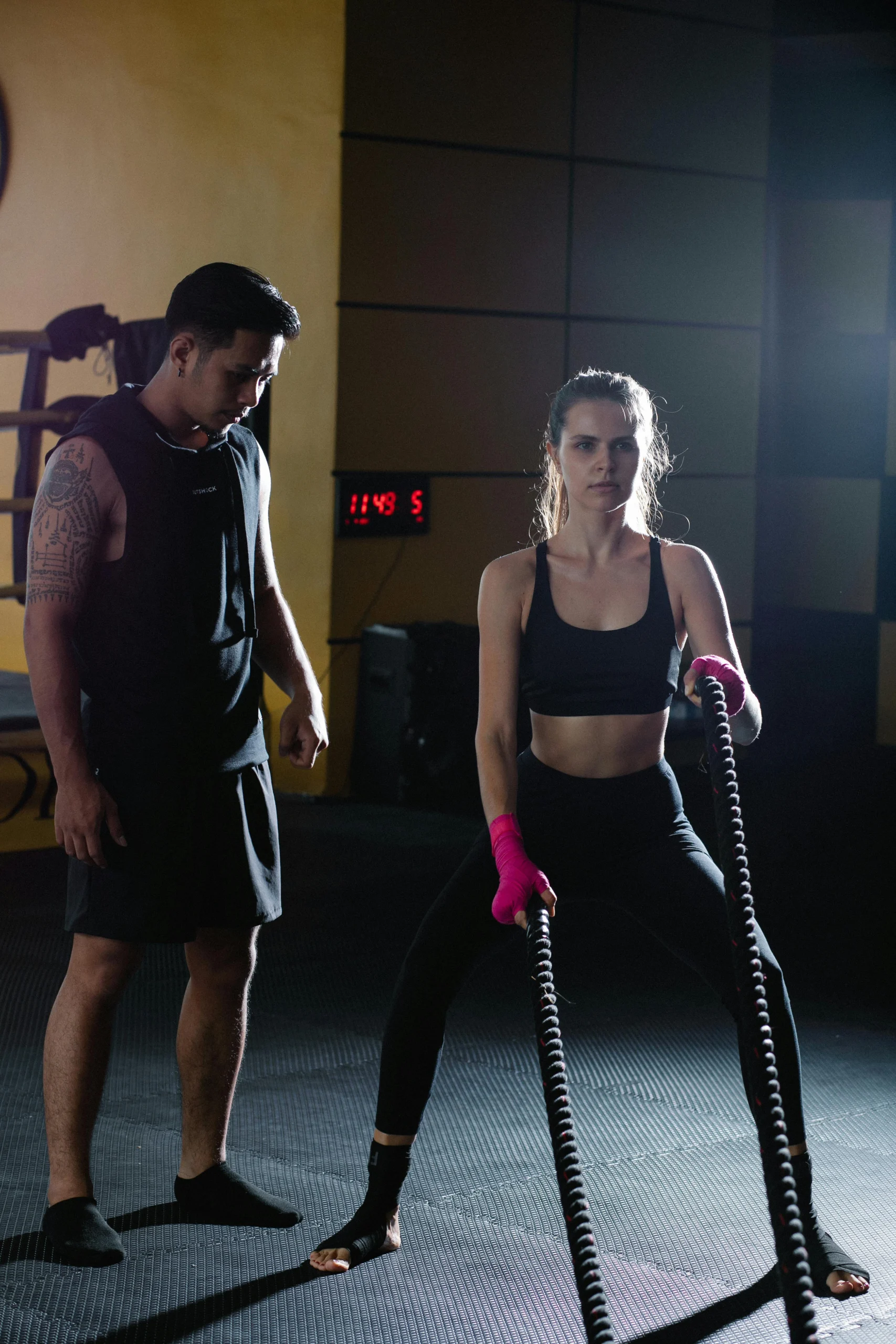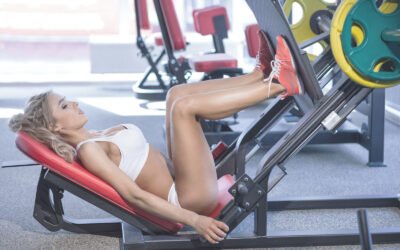For personal trainers, making a stellar first impression is as crucial as the training itself. The way a personal trainer dresses significantly impacts their professional image and can influence the perception of clients and employers. Here we delve into the nuances of a personal trainer’s attire, offering expert advice to help you navigate this aspect of your profession with confidence.
Understanding the Importance of Dress Code for Personal Trainers
- Role of Attire in First Impressions: The question “How should a personal trainer dress?” is more complex than it appears. While comfort is key in a gym environment, your attire speaks volumes about your professionalism and approach to your role.
- Dress Code Variations: Dress codes differ based on the work setting. Personal trainers in corporate gyms often adhere to a specific uniform or strict dress code. In contrast, freelance trainers or those in smaller/private gyms might face more ambiguity in dress expectations.
- Dual Wardrobe Strategy: maintaining two separate workout wardrobes is often reccomeneded– one for personal use and another for client sessions. This distinction ensures a professional appearance during work hours.
Dressing for Functionality and Professionalism
- Functional Attire for Client Sessions: When considering what to wear, prioritize clothing that allows you to demonstrate exercises effectively. Functional attire includes:
- Exercise shorts or leggings
- Comfortable joggers
- Well-fitted t-shirts
- Compression gear
- Supportive workout shoes
- Adapting Wardrobe to Training Type: Specialized trainers (e.g., strength and conditioning) may need to adjust their clothing for specific sessions, such as weightlifting. Consider incorporating items like bar grip t-shirts, compression pants, wrist straps, and flat-soled shoes.
Essential Items for a Personal Trainer’s Gym Bag
- Maintaining a Professional Image: Keep essential items in your gym bag or locker to maintain a polished appearance. Essentials include breath fresheners, a hairbrush, and deodorant. Regularly topping up deodorant is crucial, especially during multiple sessions a day.
- Universal Dress Code Guidelines: Despite differing opinions on how personal trainers should dress, certain standards are universally recommended. Practical, neat attire combined with personal grooming ensures readiness for any session or client.
Dressing for Success in Various Training Environments
- Corporate and Chain Gyms: Personal trainers in these settings are often the face of the brand and should look immaculate. Uniforms are usually provided, emphasizing the gym’s brand and professional ethos.
- Freelance and Independent Trainers: For those running their own business or working in smaller gyms, projecting a professional image is equally, if not more, important. Your attire reflects not only on your professionalism but also on your personal brand.
Tips for Professional Dressing as a Personal Trainer
- Invest in Branded Clothing: Wearing well-known fitness brands can enhance your professional image. These brands are often seen as indicators of dedication to the fitness industry.
- Replace Worn or Damaged Gear: Always ensure your clothing is in good condition. Wearing damaged or ripped clothing can negatively impact your professional image.
- Clean and Presentable Gear: Regularly wash and iron your training attire to maintain a fresh and neat appearance. Remember, small details can significantly impact client perception.
Mastering the Art of Dressing as a Personal Trainer
As a personal trainer, your attire is a critical component of your professional toolkit. It not only conveys your commitment to the role but also influences how clients perceive and interact with you. By following these guidelines and maintaining a distinct, functional, and professional wardrobe, you can enhance your credibility and approachability, making a positive and lasting impression on clients and colleagues alike.
Remember, you’ve invested time and effort in your qualifications and skills. Don’t let your attire sell you short. Dress in a way that showcases your expertise and professionalism, and you’ll set the stage for a successful and rewarding career in the fitness industry.




